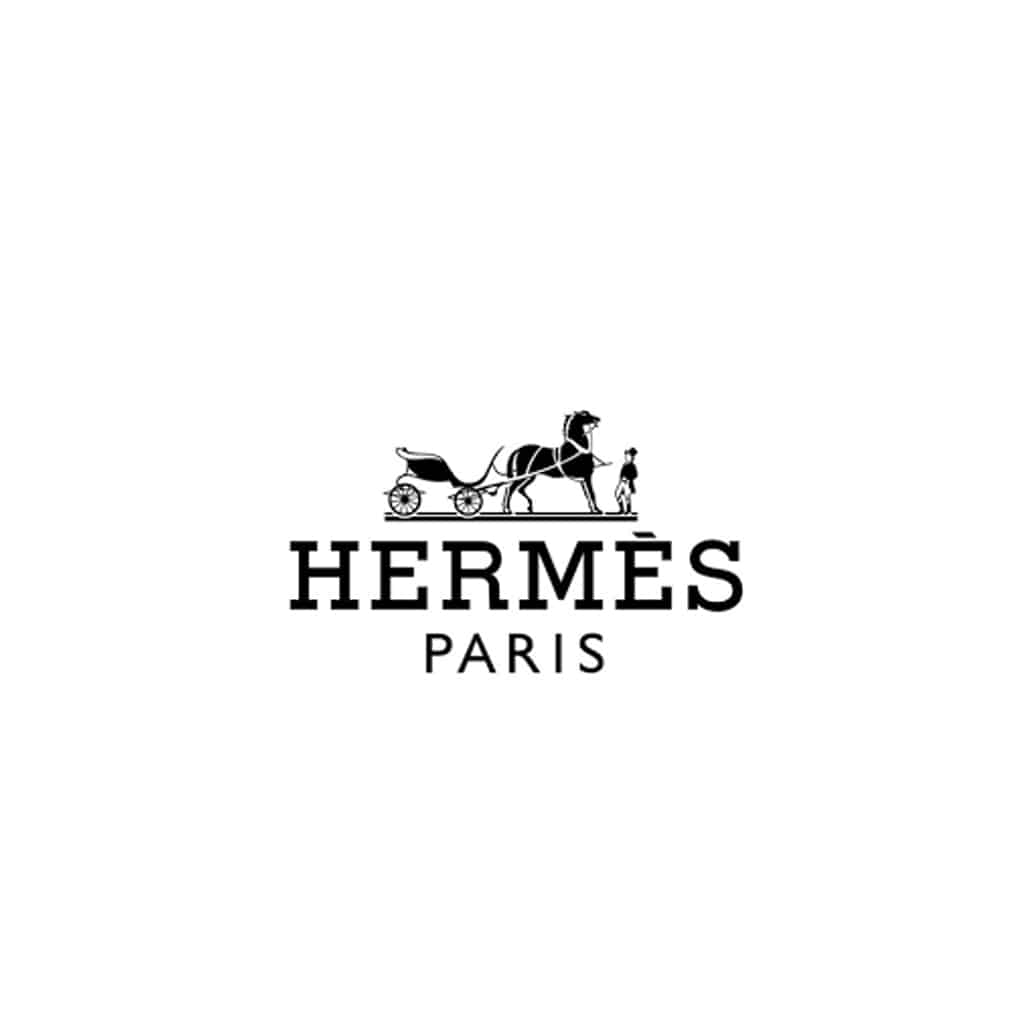The Hermès approach to reducing transport-related CO2 emissions was launched in 2015.
The first initiative was to deliver goods to the 3 Parisian stores using electric vehicles, departing from Bobigny. The following year, delivery to stores in the South East of France was carried out using gas-powered vehicles.
Hermès stores are on nearly every continent and it is thanks to the establishment of partnerships with international service providers that we have succeeded since 2017 in deploying alternative solutions to air transport. Theses have allowed Hermès to transfer 14% of our tonnage to maritime and rail in 2021.
We have therefore already:
1) used the New Silk Road to connect Europe to China by rail (from Duisburg to Shanghai)
2) shipped to Japan using the Trans-Siberian Railway (loading a container onto a train travelling from Duisburg to Vladivostok, then transferring it to a ship sailing to Yokohama)
3) increased maritime shipments departing from Le Havre and travelling to our American, Chinese or Australian subsidiaries.
Our CSR approach is now an integral part of the Hermès transport strategy and guides our choice of partnership. While we ask our carriers to use more sustainable fuels (such as biogas) or to use electric vehicles for the final miles, we also expect them to show initiative and to offer us innovative transport solutions that respect the environment.



